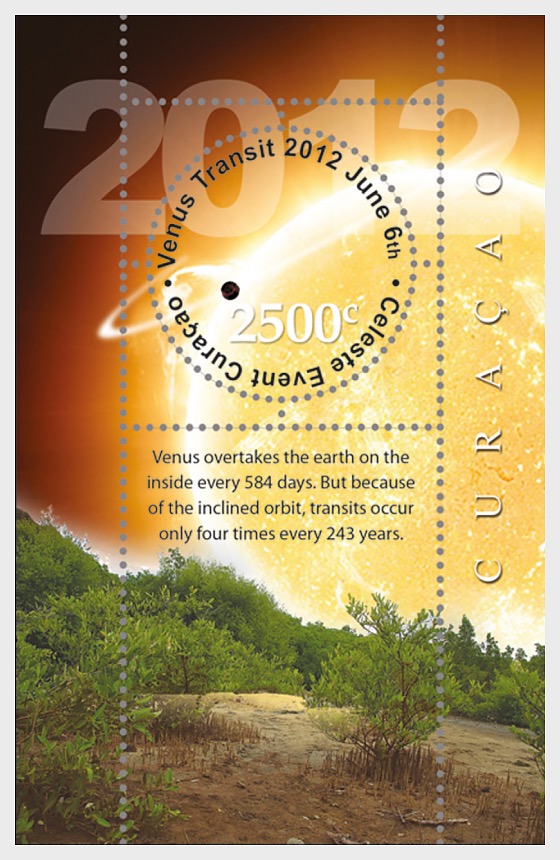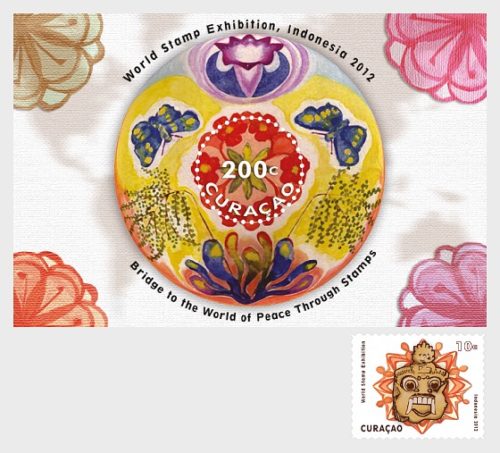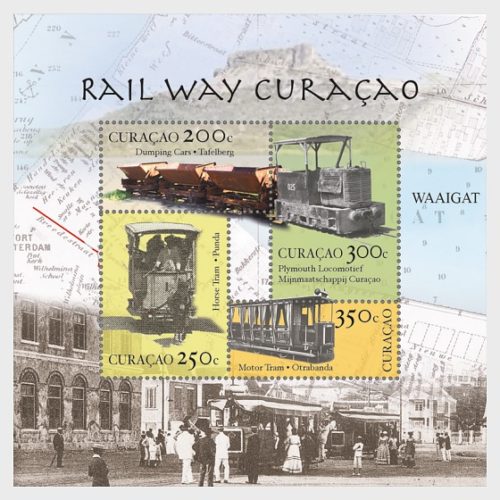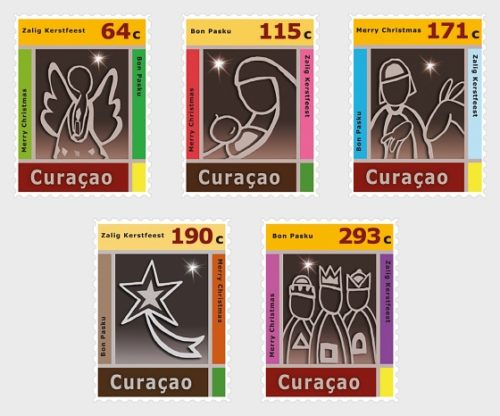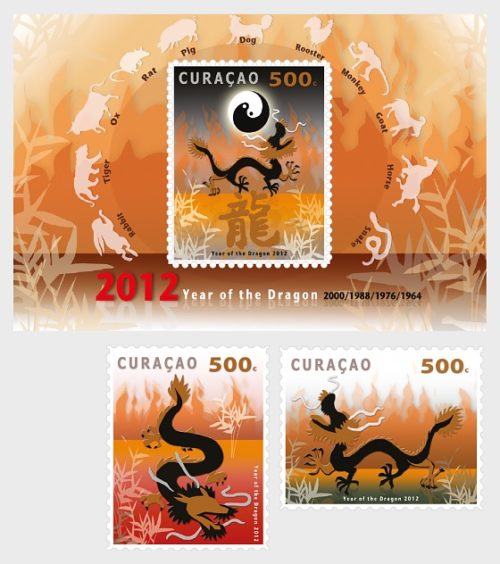Description
Venus is the Roman name for the Greek Aphrodite, Babylonian Ishtar, goddess of love, grace and beauty. The planet is named Venus probably because it is the brightest object in the sky, with the exception of the moon and sun. Venus is also called the jewel of the sky, morning star and evening star. The astronomical symbol for Venus is the same as the one used in biology for the female sex: a circle with a small cross beneath. The Venus symbol also represents femininity. Venus was the Mayan patron of warfare, with several battles coinciding with significant Venus alignments.
Venus is one of the four solar terrestrial planets, meaning that, like the Earth, it is a rocky body. In size and mass, it is very similar to the Earth, and is often described as Earth’s “sister” or “twin”. However, during the last few years scientists have found that the kinship ends here. Venus is very different from the Earth. It has no oceans and is surrounded by a heavy atmosphere composed mainly of carbon dioxide with virtually no water vapor.The first spacecraft that visited Venus was the Mariner 2 in 1962. After that Venus was visited by many others more.
This year on June 5th and 6th, Venus will transit the sun. This is a once in a lifetime occurrence. In honor of this amazing and relatively rare celestial event, Nieuwe Post is issueing a one stamp Souvenir sheet depicting the transit of Venus. The previous transit occurred on June 8th, 2004.
A Venus Transit occurs when Venus is seen passing directly in front of the Sun. As seen from the Earth, only transits of Mercury and Venus are possible. This is similar to when the Moon passes in front of the Sun on a solar eclipse. Unlike the Moon, which covers most of the Sun, Venus appears as a small dot crossing the face of the Sun. A transit can only occur with the inner planets–Mercury and Venus–because they are the only two that can lie between the Earth and Sun during their orbits. After 2012, the next transits of Venus will be in December 2117 and December 2125. The transit will be best viewed from the Pacific Ocean. North America will be able to see the start of the transit, while South Asia, the Middle East, and most of Europe will catch the end of it. With suitable eye protection it can then be seen as a black dot on the face of the Sun. It will take a few hours for Venus to move across the Sun.
